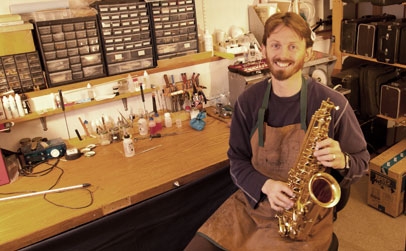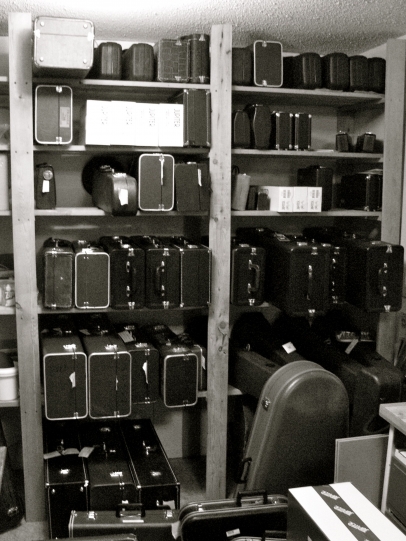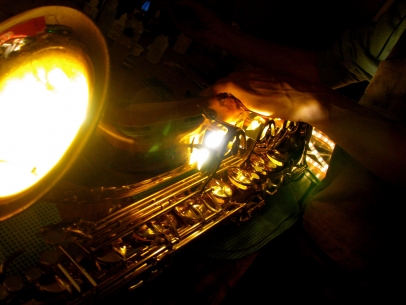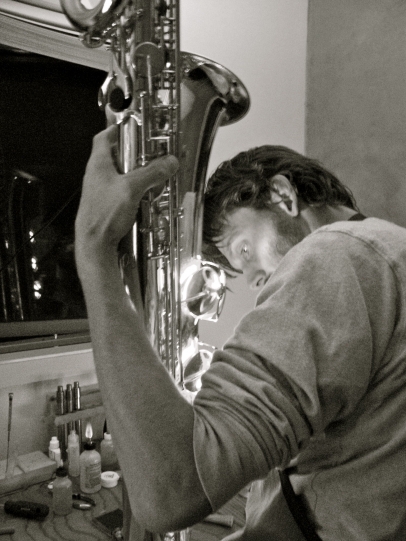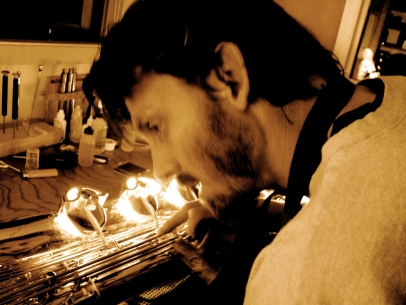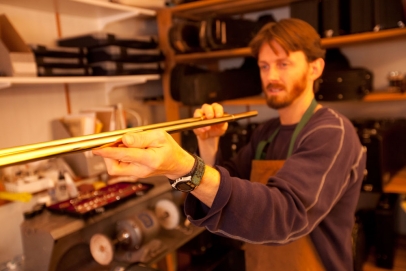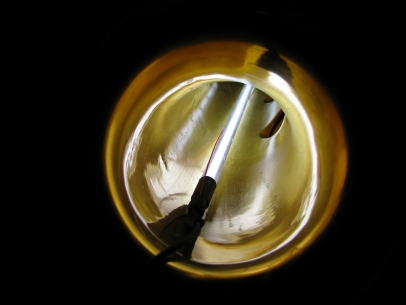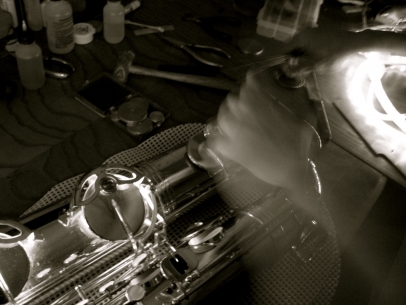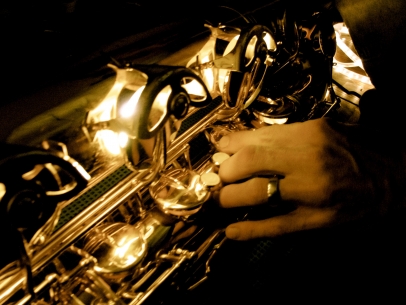We are a family business that values honesty and integrity. It is important to us to provide quality service and we stand behind all the repairs we do, as well as the all the products and services that we provide. Your satisfaction is our number one priority!
Micheal Nelligan
Upcoming Musical Events
Specials and Features

"I'm so glad to have Horncraft (Michael) in the valley. Michael is prompt, professional and easy on the pocketbook. My instruments come away sounding sweeter than ever. Thanks Michael!"
Ryan Holmes (Saxophonist and Clarinetist, North of Dixie Jazz Band, String Licorice, Smithers, BC)
